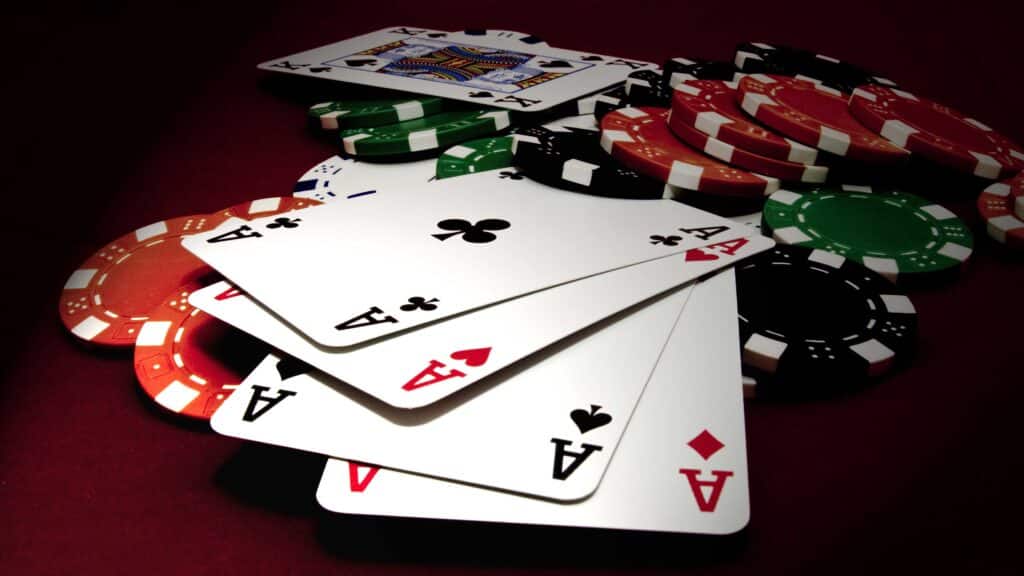Blackjack is one of the most popular casino games, known for its blend of luck and strategy. Whether you're a beginner or an advanced player, mastering the game’s nuances can significantly improve your chances of winning. In this comprehensive guide, we'll explore three crucial aspects of blackjack strategy: splits, doubles, and surrenders. By understanding these options and how to use them, you can make more informed decisions and maximize your potential earnings. Let’s dive into these essential tactics and uncover how they can impact your blackjack gameplay.
What Are Splits in Blackjack?
A "split" in blackjack occurs when you are dealt two cards of the same value. In this case, you have the option to split the cards into two separate hands, each receiving an additional card. You must place a second bet equal to your initial bet to play the new hand. Splitting is a powerful strategy, but it requires careful consideration of the situation.
When to Split Cards
Not all splits are equal in terms of profitability. The general rule of thumb is to only split when it gives you a better chance of winning. Here are some common splitting scenarios:
- Aces: Always split Aces. A hand with two Aces is not a strong starting hand, but splitting them gives you the chance to form two strong hands. Additionally, if you draw a 10-value card on either hand, you’ll have a blackjack (which pays 3:2).
- Eights: Always split 8s. A hand with two 8s totals 16, which is a tough hand to play. By splitting them, you have a chance to form two hands worth more than 16.
- Tens: Never split 10s. While it may seem tempting to split a pair of tens (which gives you 20), it’s a strong hand that gives you a better chance of winning. It’s almost always better to stand on a 20.
- Fours: Don’t split fours unless the dealer shows a 5 or 6. A hand with two fours gives you 8, which is a good starting hand. If the dealer has a weak card (like 5 or 6), you may consider splitting to try and make two hands with higher totals.
Calculating Your Odds After Splitting
When you split your cards, you're essentially playing two hands at once. This doubles the stakes, and the odds of winning depend on both hands. For example, if you start with a pair of 8s, each hand will have a value of 8 plus the value of the next card drawn. Here’s how to calculate the odds:
- First Hand: If your first hand gets a 7, your total is 15. You’ll need to make a decision to hit or stand based on the dealer’s upcard.
- Second Hand: If your second hand gets a Jack, your total is 18. You may choose to stand, depending on the dealer’s upcard.
Overall, understanding the odds of the game after a split is key to making the best decision. While you may have more chances of winning, you also risk doubling your losses if both hands don’t perform well.
What Are Doubling Down in Blackjack?
Doubling down in blackjack is a strategic move where you double your initial bet in exchange for committing to one more card. This is typically done when you’re confident that an additional card will result in a strong hand. Doubling down allows you to take advantage of favorable situations, but it comes with risks if the next card doesn’t improve your hand.
When to Double Down
Knowing when to double down can drastically increase your chances of winning. Below are the best scenarios for doubling down:
- When You Have a Total of 9: If you have a total of 9 (such as a 4 and a 5), and the dealer has a 3, 4, 5, or 6 showing, you can double down. These are considered weak cards for the dealer, and you have a good chance of forming a strong hand with one more card.
- When You Have a Total of 10: If your hand totals 10 and the dealer has a 2 through 9 showing, doubling down is often a good idea. With one more card, you could easily get a total of 20 or 21, which are very strong hands.
- When You Have a Total of 11: Always consider doubling down if you have a total of 11 (such as a 6 and a 5). The dealer is likely to be vulnerable, and a 10 or face card would give you a perfect 21.
Risk and Reward of Doubling Down
Doubling down can lead to bigger rewards but also comes with increased risk. For example, if you double down on a 9 and draw a 10, you will have a total of 19, which could give you a good chance of winning against a dealer's weaker hand. However, if you double down and draw a low card like a 2, you might not improve your hand and lose your doubled bet.
Therefore, it’s essential to evaluate the dealer's upcard and decide whether the additional risk is worth the potential reward. For advanced players, calculating the odds based on the dealer’s potential hand and the value of your current hand is critical when doubling down.
What Is Surrender in Blackjack?
Surrender is a unique blackjack option that allows you to forfeit your hand and recover half of your bet. This option is available in certain blackjack variations and can be a valuable strategy to minimize losses when you have a poor hand. However, the surrender option is not always available, and it’s important to know when to use it effectively.
When to Surrender in Blackjack
Choosing to surrender is often a matter of understanding when your chances of winning are extremely low. Here are some common situations where surrender is a smart move:
- When You Have a Hard 16: If you have a hard 16 (no Ace counted as 11) and the dealer is showing a 9, 10, or Ace, surrendering is often the best choice. A hard 16 is a weak hand, and the dealer’s upcard indicates that they have a strong chance of winning.
- When You Have a Hard 15: If you have a hard 15 and the dealer has a 10 or an Ace showing, surrendering can help minimize losses. A 15 is a tough hand to play, and the risk of busting is high.
How to Surrender Correctly
To surrender, you simply signal to the dealer that you wish to give up your hand. You will forfeit half of your bet, but you avoid losing your entire wager. While surrendering may feel like giving up, it’s often a wise decision in situations where the odds are stacked against you.
Advanced Tips for Splitting, Doubling, and Surrendering
Maximizing Your Wins with Splits and Doubles
For advanced players, knowing when to use splits and doubles based on card counting and advanced strategy charts can further enhance your edge. For example, a professional blackjack player might adjust their strategy by counting cards and using this information to determine whether to split Aces or double down on a certain hand.
Using Surrender to Minimize Losses
Advanced players often use the surrender option strategically when they have a significant edge. For instance, if you’re counting cards and know that the deck is rich in high cards, you might choose to surrender a weak hand to minimize losses in the long run. However, this requires a deep understanding of the game and its probabilities.
Conclusion
Mastering splits, doubles, and surrenders is essential to becoming a successful blackjack player. These strategies allow you to adjust your play according to the cards you’ve been dealt and the dealer’s upcard, maximizing your chances of winning while minimizing losses. Whether you're a beginner or an experienced player, knowing when to split, double, or surrender is crucial for navigating the complexities of blackjack. By practicing these strategies and understanding the odds behind each move, you can elevate your game and play with confidence at the blackjack table.



